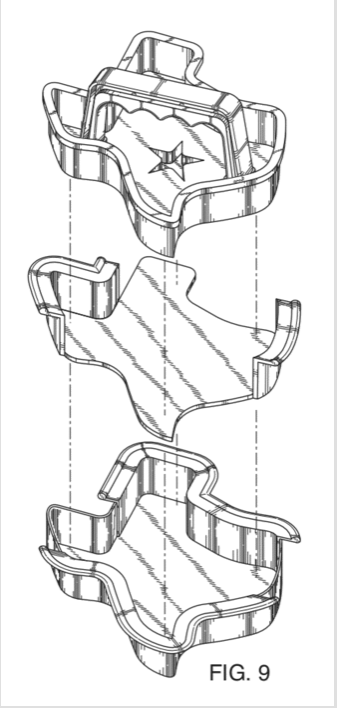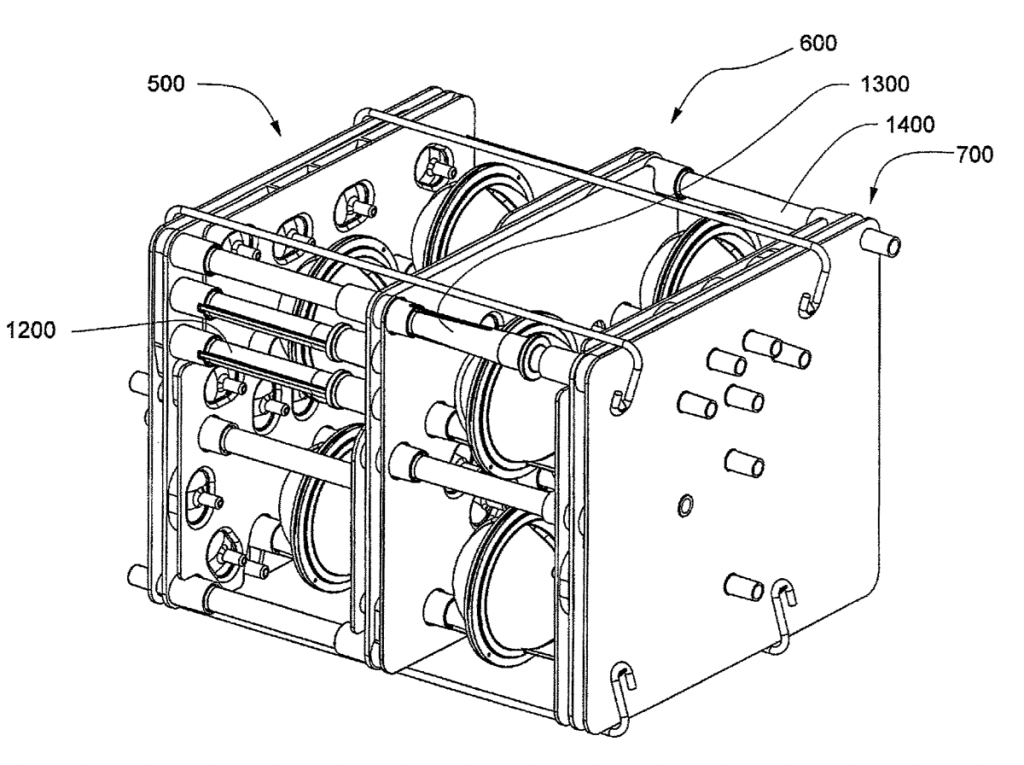Improving Patent Applications with Patent Drawings: By law, patent applications need to include at least one patent drawing if the object or process is capable of being rendered in an illustration. However, it’s always worthwhile to try and include a patent drawing if at all possible, even if for a particular patent application it’s not strictly required.
For example, if you’re claiming a method or process a drawing might not be technically required, but some kind of illustration – a flowchart or diagram perhaps – will strengthen the application.
Even though the rules may require only one drawing under normal circumstances, your patent application will be much stronger with more drawings. Drawings are not only helpful in getting your patent approved, they can be important if your patent is ever involved in a lawsuit. If an important detail was left out of the written description of the patent, drawings can still disclose what’s in the patent.
Improving Patent Applications with Patent Drawings
The US Court of Appeals for the Federal Circuit, the primary appeals court for patent cases, often refers to drawings as part of their deliberations.
For example, the following drawing wasn’t strictly needed for the patent application because it’s a business method, not a physical device. Nonetheless the drawing adds value because it helps show the many interconnections that are described in the text of the patent.
Get error-free patent drawings in 4-6 days. Free Unlimited Revisions. Price starts at $30.
Exploded views are also often helpful. For example, the following exploded view of a hamburger press shows how the device will be able to both make a Texas-shaped hamburger patty, and how it will create the “lone star” emblem of Texas.
While most patent applications have around a dozen drawings, there is no upper limit. For example, US Patent 8499780, for a cassette system integrated apparatus, has 206 illustrations, one of them featured below. You may be wondering, why would they need so many illustrations? There are several major subassemblies, and each one has drawings. They have left views, right views, exploded views, internal views. The drawings clearly depict all of the many pieces that go into a complicated piece of hardware.
Some people are under the mistaken impression that they are better off if they’re patent application is vague – they assume broader means they have a better patent because it covers more, but the truth is broader means you’ll both have a harder time getting a patent in the first place, and if you do manage to get something fairly broad past an examiner it’s much likelier to be knocked out in court if it’s ever challenged because it also means there’s a much wider net of prior art that could be used to invalidate the patent. Detailed drawings that specifically show what your invention is all about are a big help in getting a strong patent that will survive challenges in court.
Learn about patent application guide
Non-provisional patent applications may be submitted without drawings – you’re allowed to submit drawings later. But you can’t add a new matter after filing. If your written description neglects an important feature, your drawing can’t add it later. It’s definitely wisest to submit your drawings with the original patent application.
And when you submit patent drawings, it’s very important that the drawings comply with all of the patent office specifications – a sketch on the back of a napkin is not sufficient. See our article “Complying with Patent Drawing Rules” for more information on what the patent office looks for in drawings.
There’s a saying that “a picture is worth a thousand words.” Nowhere is this more true than in the world of patents! To know more about our patent illustration services and pricing, please email us at info@rightpatents.com or call us at +1-917-508-8816.




